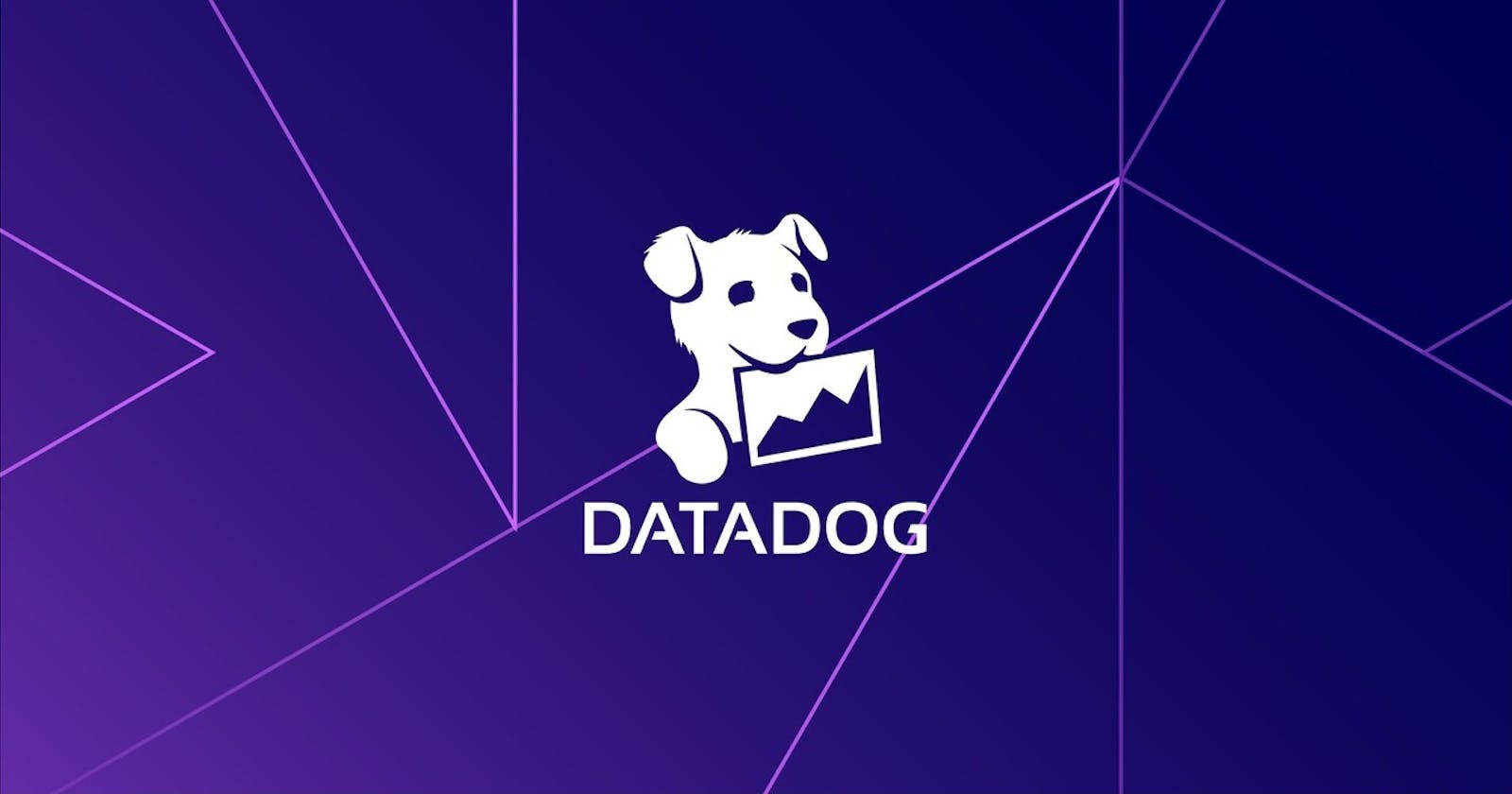Issue Summary:
On January 25, 2024, a complication arose during the integration of Datadog monitoring services into a server as part of the ALX Software Engineering program. The incident stemmed from the inadvertent creation of a Datadog account in the AP1 region using the AP1 website, contrary to the task specification, which required the account to be in the US1 region.
Timeline:
[16:00]: Commencement of Datadog account creation in the AP1 region.
[16:10]: Completion of account creation, unknowingly in the AP1 region.
[16:17]: Attempt to validate server visibility using the incorrect API route, resulting in a {error: Forbidden} response.
[22:00]: Discovery of the misconfiguration and identification of the root cause.
[22:05]: Research and identification of the correct API route for the intended US1 region.
[22:25]: Adjustment of Datadog account region to US1 and reinstallation of the Datadog agent with the correct configuration.
[22:30]: Successful validation of server visibility via the API for the US1 region.
[22:30]: Full resolution of the issue.
Root Cause:
The primary issue originated from the unintentional creation of the Datadog account in the AP1 region instead of the specified US1 region. This misconfiguration led to the use of an incorrect API route during server visibility validation, resulting in an {error: Forbidden} response.
Resolution and Recovery:
Upon discovering the misconfiguration, corrective actions were promptly taken to rectify the issue:
Identifying Correct API Route: Through research and referencing a postmortem from a company that previously encountered a similar problem, the correct API route for the intended US1 region was identified.
Adjustment of Datadog Account: The Datadog account region was modified to correspond with the US1 region, ensuring alignment with the task specifications.
Reinstallation of Datadog Agent: The Datadog agent was reinstalled on the server with accurate configuration, facilitating proper integration with the intended region.
Validation and Confirmation: Subsequent testing via the API for the US1 region yielded the correct response, confirming the successful resolution of the issue.
Corrective and Preventative Measures:
For future attempts at integrating Datadog monitoring services, especially for students and individuals new to the process, consider the following recommendations:
Leverage Available Learning Resources: Make use of available learning resources for comprehensive guidance. Explore instructional materials, forums, and any relevant documentation to gain a better understanding of the integration process.
Task-Specific Instructions: Advocate for detailed task annotations that explicitly guide users on selecting the correct region during account creation and API usage. Clear task instructions can significantly reduce the likelihood of misconfigurations.
Community Collaboration: Encourage community engagement. Discussing challenges and seeking advice from peers and instructors can enhance understanding and help avoid common pitfalls.
Conclusion:
In the pursuit of seamless monitoring service integration, precision is paramount. Utilize the wealth of available learning resources, adhere meticulously to task-specific instructions, and actively engage with the community for nuanced insights. By fostering a clear understanding and collaborative approach, individuals can adeptly navigate the intricacies of monitoring service integration, mitigating the potential for technical misconfigurations and ensuring a proficient integration process.

